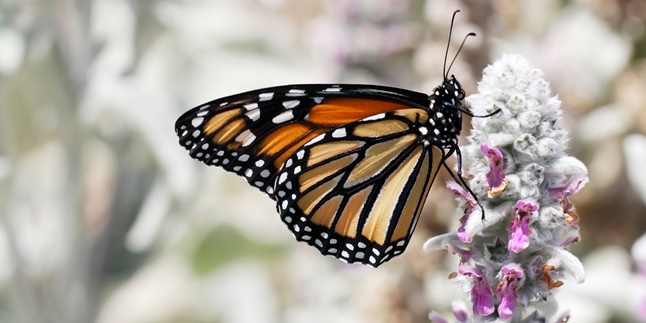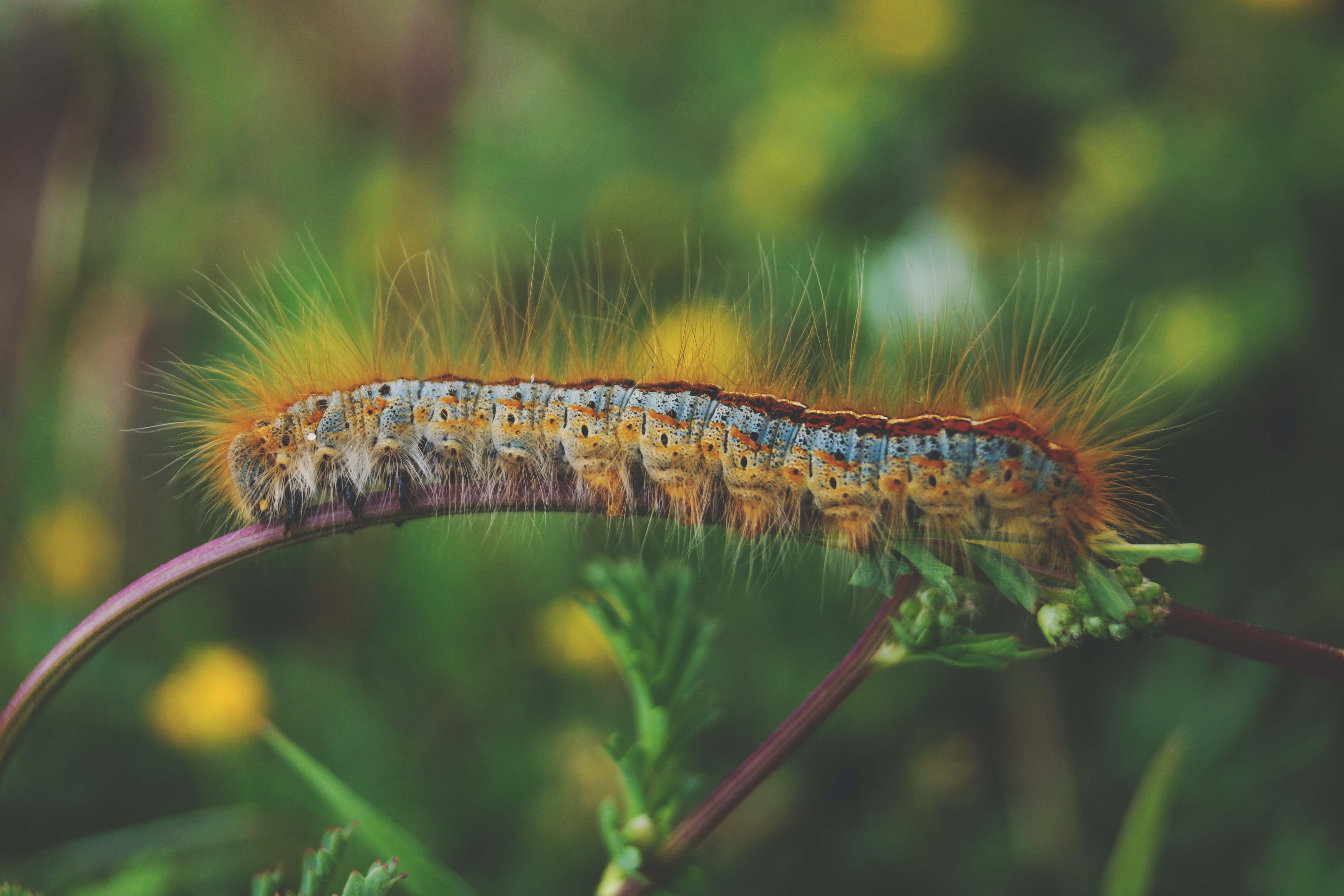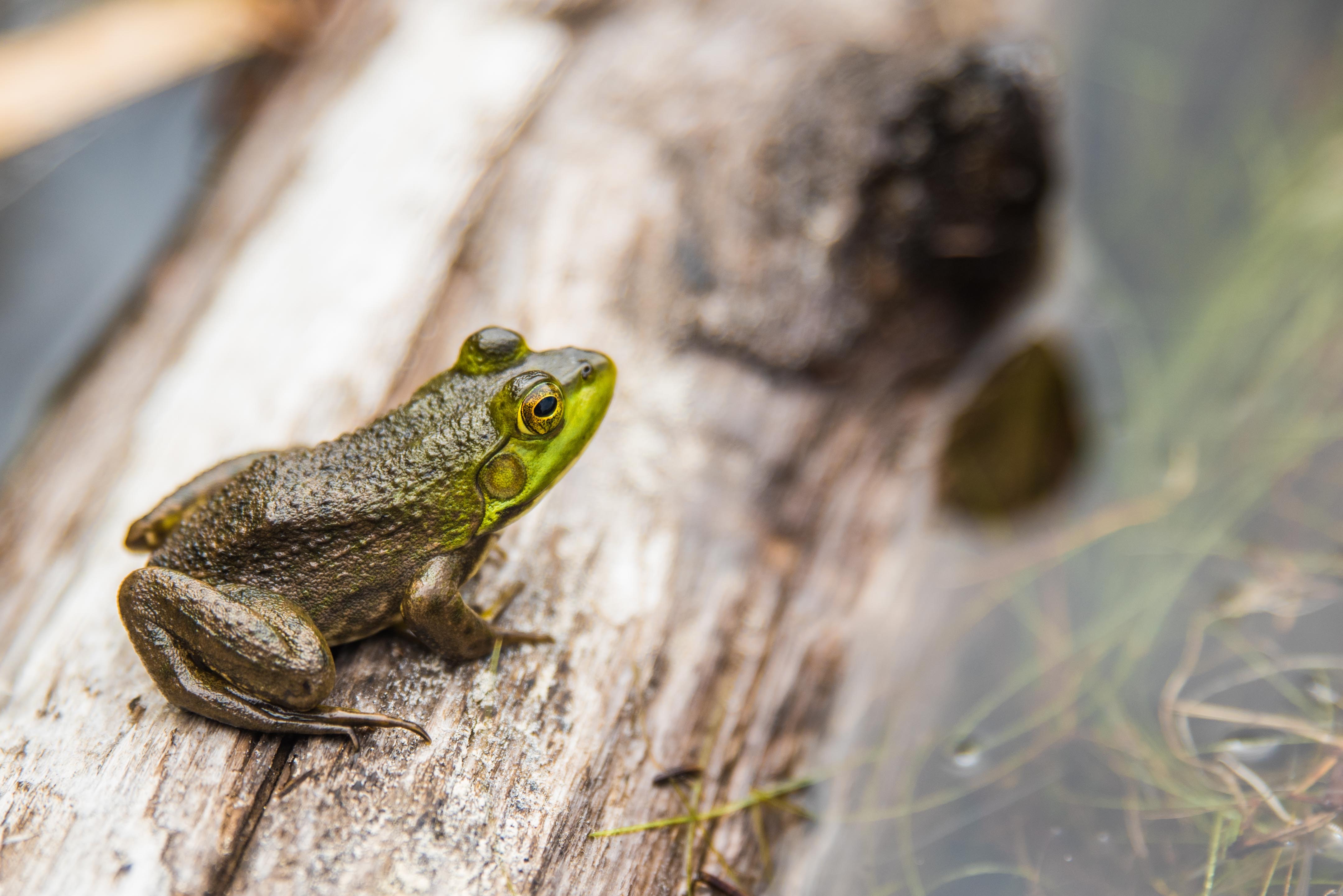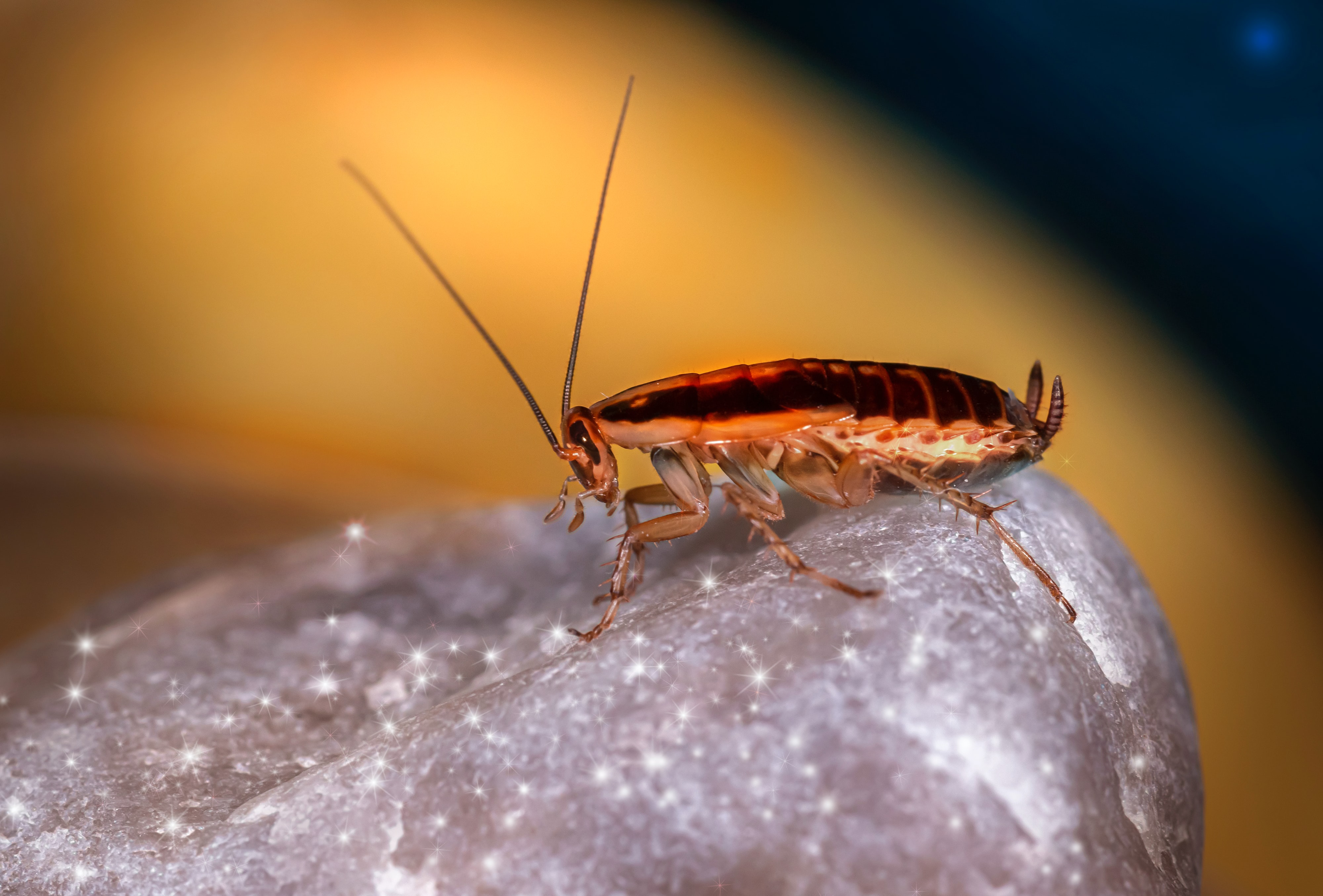Meaning of Konnichiwa as a Japanese Greeting Word, Also Learn How to Use and Examples
Of the many Japanese words, konnichiwa is one of the popular ones. So, what is the actual meaning of konnichiwa?

Kapanlagi.com - Learning about the environment is an interesting thing to do. One way is to observe the metamorphosis of animals. The meaning of metamorphosis is the change in shape or structure of an animal. This material is usually taught in elementary school.
You can try to understand the meaning of metamorphosis by observing the changes in a butterfly from an egg, hatching into a larva, then consuming leaves, transforming into a cocoon, and finally emerging as a beautiful winged insect.
However, if you are interested in delving deeper into this material, please read the following information about the meaning of metamorphosis. This contains an explanation of the stages and examples of animals, which will be useful for you.

Illustration (Credit: Unsplash)
The meaning of metamorphosis according to the Indonesian Dictionary is a change in form or structure; a transition of form. This process of change can be called biological development in animals after birth or hatching. The physical changes occur due to cell growth and radical differentiation.
From a linguistic perspective, metamorphosis comes from the Greek language and is divided into three parts. First, "meta" which means "between, after, and around". Second, "morphe" which means "form", and third, "osis" which means "part of". Thus, it can be interpreted that metamorphosis is a change in form that occurs in animals during post-embryonic development.
From the process and stages, metamorphosis is divided into two types, namely complete metamorphosis and incomplete metamorphosis. These two processes have different stages. The most noticeable difference is seen in the changes of animals from young to adult.

Illustration (Credit: Unsplash)
After understanding the meaning of metamorphosis, you also need to know about the process and stages. As mentioned earlier, metamorphosis is divided into two, which are differentiated based on the stages. This explanation will contain the stages of complete metamorphosis.
Complete metamorphosis is the growth of animals that go through the stages of egg, larva, pupa, and adult. The stages of complete metamorphosis can be seen through the following explanation.
- Egg phase
The first phase in animal reproduction is the egg phase. In this phase, eggs produced by females come from fertilization that occurs in male animals. The egg will be placed in its natural habitat and begin to feed to prepare for the next phase.
- Larval phase
As mentioned earlier, after becoming an egg, the larva as a young animal will actively search for food. The animal will undergo skin changes until it is ready to enter the next phase.
- Pupa phase
The transition of changing shape from larva to a larger animal shape occurs in the pupa phase. The larger shape change makes the animal have an outer skeleton that can protect the body, and that outer skeleton is called a cocoon. In this phase, almost every pupa becomes active in searching for food again.
- Imago phase
Next, the pupa that comes out of the shell and has a new animal form is a sign that the animal that undergoes complete metamorphosis has grown into an adult. You can see the growth of butterflies from caterpillars and then transformed into insects with wings when they emerge from the cocoon. In this phase, animals must already be accustomed to facing other predators.
Examples of animals that undergo complete metamorphosis include butterflies, mosquitoes, and frogs. They go through stages that make their appearance change completely when they hatch and when they have grown into adults.

Illustration (Credit: Unsplash)
Unlike complete metamorphosis which causes significant changes in the appearance of an animal, incomplete metamorphosis does not make too many changes to the appearance of the newly hatched animal until it becomes an adult.
- Egg stage
This stage is the same as animals with complete metamorphosis. Eggs produced from the mating of male and female animals will be placed in their natural habitat.
- Nymph stage
The nymph stage is different from the larval stage in complete metamorphosis. The larval stage of a young animal will be different from the appearance of an adult animal. Meanwhile, the nymph stage of a young animal will be the same as the appearance of an adult animal, only the size is different. The animal does not undergo significant changes in shape.
- Imago stage
The imago stage indicates that the animal undergoing incomplete metamorphosis has passed the nymph stage. If observed carefully, then the body or appearance (seen from the outside) from the nymph stage to the imago stage only undergoes a change in body size.
Examples of animals that undergo incomplete metamorphosis are grasshoppers, cockroaches, dragonflies, and ladybugs. These animals do undergo changes in the growth process. However, their appearance when newly hatched and when they have completed metamorphosis is not significantly different.
So, KLovers, that is an explanation of the meaning of metamorphosis along with the stages and examples of animals that undergo it.
(kpl/gen/ans)
Cobain For You Page (FYP) Yang kamu suka ada di sini,
lihat isinya
Of the many Japanese words, konnichiwa is one of the popular ones. So, what is the actual meaning of konnichiwa?
The following is compiled from various sources, this is the meaning of prayers before and after eating along with good manners in Islam that were taught by the Prophet Muhammad.
The meaning of CC often confuses users in distinguishing it from BCC. Therefore, below is a review of what CC means in email. Let's check out the explanation, KLovers.
What are the latest recommendations for zombie movies? Here are some of the latest zombie movie recommendations that are a must-see for zombie movie lovers. Let's check it out, KLovers.
You don't need much time to prepare it for breaking the fast. The following takjil menu recommendations are also equipped with recipes that you can customize yourself.
If you want to learn more about the recitation, meaning of prayer before eating, and eating etiquette, please read the following information. This will be beneficial for you, considering that eating is one of the daily needs.
There are many interesting romantic Indian films to watch. What are they?
Here is an explanation of the meaning of the Al Maun letter and its virtues. In addition, there is also a brief explanation of the Al Maun letter that KLovers can know and understand. Let's check it out, KLovers.
To understand and interpret the meaning of Surah Al Ashr more deeply, read the following review that Kapanlagi.com has summarized from various sources.
The word rasul, according to language, has an interesting meaning to understand. Moreover, as Muslims, you are obliged to believe in the prophets and messengers. So it is reasonable if you also study everything related to prophets and messengers.
Here is the general meaning of reconciliation and in the field of accounting along with the principles used in conducting reconciliation.
Indonesia has a variety of food menus that are worth introducing. The taste is diverse, ranging from sweet, savory, to a combination of both. If you need further information about traditional snack recommendations, just take a look at the following.